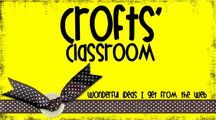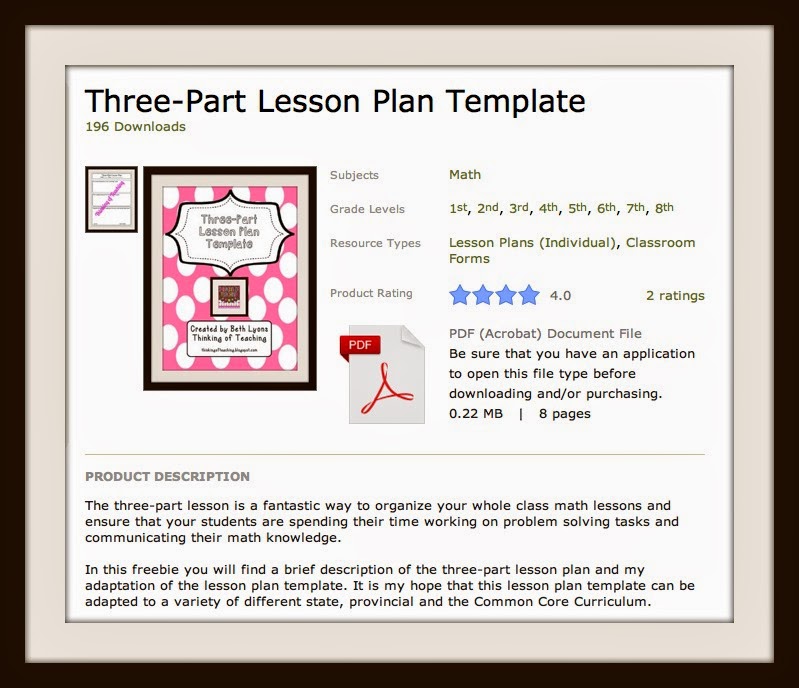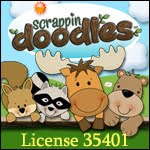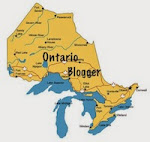Well done!
Didn't you just LOVE this chapter?
I mean so much that it requires all capital letters?
I did...and I needed to make a new graphic just to express my love!
This whole chapter just spoke to me...as corny as that sounds, and it made me so excited to get back to school in September!
(And yes, I know the year is wrapping up for a lot of you and you are looking forward to a well deserved break, but I've been on mat leave since September 16th and I am ready to work again!)
There were quite a few quotes that really stuck out for me and made me think as I read through this chapter.
On page 79 it says, "students need opportunities to become disciplined thinkers so that they can learn how to communicate their ideas effectively."
Isn't that so true and really the definition of a literate citizen? Especially nowadays with so much social media and methods of communicating with others. Students need to think about how they are communicating, what they are communicating, if they should be sharing the information they want to share and with who...the list could go on and on.
Using Writing Prompts
I love using prompts with my students because so many of them do struggle with getting started and often a prompt can jump start their thinking. The prompt cards provided by Lisa through out this chapter for "Recall and Reflect", "Entertaining Ideas", "Inform Me!" and "HOT Topic" are amazing. I am looking forward to not only using them with my students but taking some time to brainstorm our own prompts as well.
The Artifact Box (page 80-81)
First of all, this idea is genius and I am super sad that I have never thought of it before. I'd love to tell you all about it...but I'd rather you grabbed a copy of Lisa's book and read it through for yourself.
Long story short...a box of tangible writing ideas!
Genius!
Writing to Reflect
This section was by far my favourite of the whole chapter. Writing retells and recounts can get very boring very quickly so I am glad to see that Lisa has provided a graphic organizer (p 89) to prompt students to delve deeper into their experiences when writing a recount.
I am very interested in thinking more about this as an ongoing project/assignment throughout the year...but more on that at the end of my post!
Sample Success Criteria
Throughout this chapter Lisa provides lists of possible success criteria for each of the purposes of writing and they are awesome. This is something I always struggle with as I want to have a list prepared before my students and I co-create the anchor chart so that I can help to guide them towards the criteria they need to know and understand.
I also loved how Lisa words the success criteria as "I am learning how to write..." and then each criteria starts with "I will...". So positive and affirming for students.
Emily from Emmy Mac's Class shared a great example of how she has her students deconstruct a piece of writing using the success criteria in her post on Chapter 5 of 100 Minutes. If you have checked it out, it's awesome.
If you click here you can grab a freebie I created last year for writing that contains the success criteria for a procedure that my class I brainstormed.
Guiding Questions
Along with the lists of sample success criteria Lisa provides a list of guiding questions that teachers can use when teaching each of the purposes of writing or conferring with their students.
Each list is designed to fit with the sample success criteria that when made into task cards (do I see a freebie coming?) they would be very helpful for both teachers and students during the independent writing and conferring time.
Media Integration
Lisa provides a lot of ideas to think about how media can be integrated into our writing lessons in order to provide authentic writing experiences for our students. I am really enjoying that as so often media is seen as an add-on when if it is integrated effectively it can be a powerful teaching tool.
WHEW!! I have been typing so fast...my love for this chapter has just been flowing out of me.
So what's next?
* I am very interested in developing a Writing to Reflect program that can last throughout the school year and be used across the subject areas. I want to go back and re-read that section of this chapter and start brainstorming ideas. There are a lot of expectations dealing with metacognition in the Ontario Curriculum and I think a consistent writing assignment such as this will keep my students thinking about their own learning as they grow over the course of the year.
* More time needs to be spent looking at the guiding questions and sample success criteria to make sure that I have cemented my own knowledge of the purposes of writing. I want to create some checklists, task cards, reminder prompts...something that will help my students to really understand each of the purposes of writing as well as provide for myself a reminder of good questions to pose during conferences.
*What are some areas where I can effectively integrate my student's writing, media use and subject area learning?
*How do I plan to organize my student's writing? Portfolios? Writer's Notebooks?
*What will be the year long plan for writing in my class? Since I am moving to a new school in the fall I will need to look into the curriculum mapping done by my new Grade 3 colleagues.
Don't forget to link up with your post...I am super excited to see what everyone else thinks too.
She will be talking all about Chapter 7- The Foundation of Independence.
Hope you are having a relaxing time if you are already on summer break...and if not, hang in there!
It'll be your turn soon.
In other news....I'll also be contributing to the Guided Math Conferences Book Study that starts soon.
Here is the schedule.
As you can see I'll be hosting Chapter 1 with....
Brenda from Primary Inspired!!
Whooo hooo!
a Rafflecopter giveaway





















































